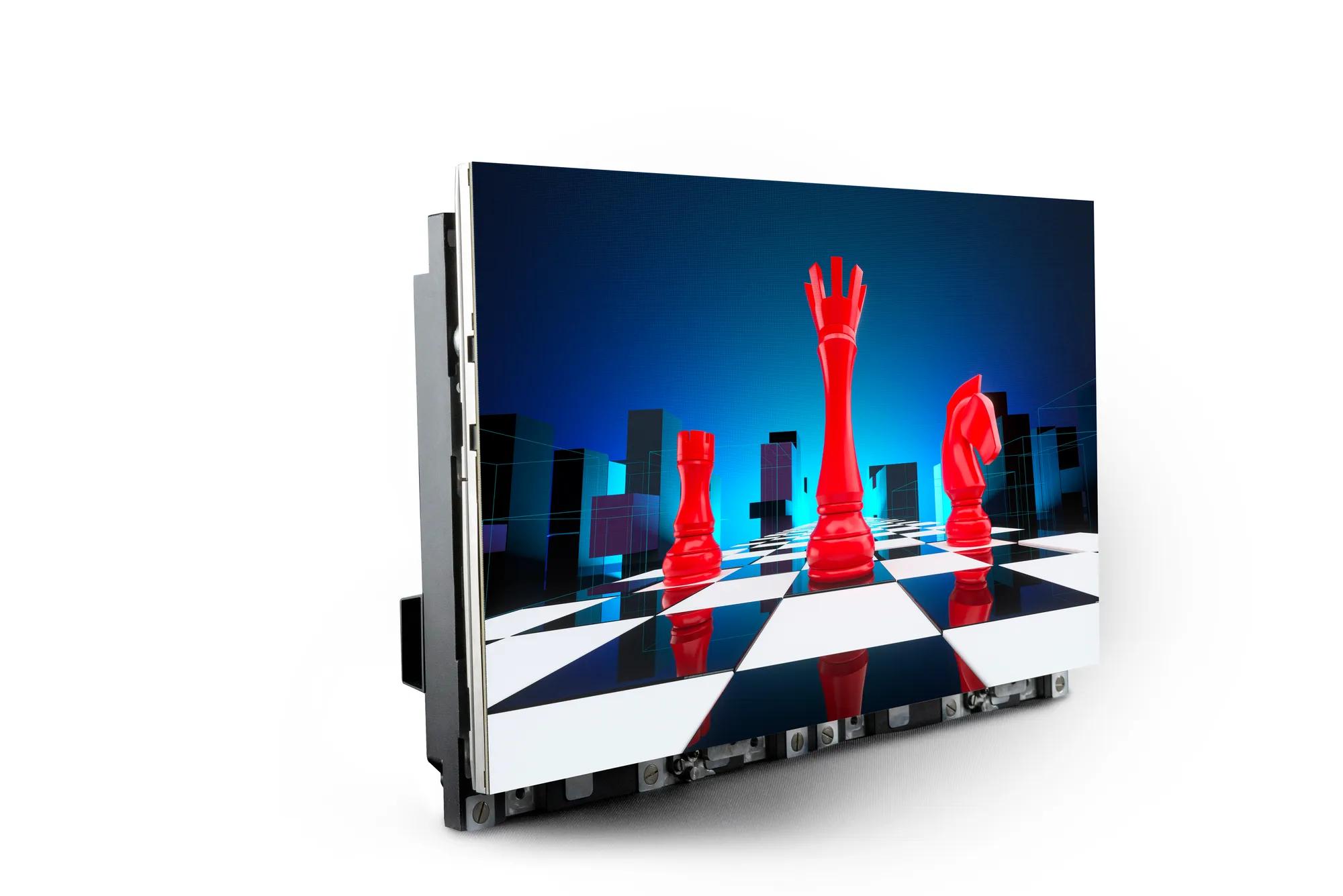
Classic display methods, like CRTs, have been present for many decades. They were commonly used in televisions and PC monitors. However, CRTs have a shorter duration, typically lasting around 10,000 to 20,000 hrs of operation. This means that after a few of years, consumers may notice a decline in image quality, such as dimming or hue distortion. In contrast, LED panel screens can last significantly longer, frequently exceeding 50,000 hrs. This extended lifespan means that consumers can experience consistent functionality without the requirement for frequent replacements.
Another crucial factor to take into account is energy conservation. LED panel panels consume less energy than traditional displays, which not only benefits the ecosystem but also reduces electricity expenses. For example, while a CRT screen may use approximately 100 you could try here W of power, an LED panel can consume as few as 30 to 50 watts. This discrepancy in power usage contributes to the overall durability of LED innovation, as lower energy consumption generates less heat. Excess thermal energy can damage electronic parts, resulting to a reduced lifespan for traditional displays.
In addition to their longer duration and power efficiency, LED wall screens also provide enhanced image quality. They provide more vivid hues and better differentiation, making them ideal for various uses, from marketing to learning presentations. The technology behind LED screens enables for a broader viewing angle, meaning that images stay sharp and vibrant even when seen from the side. This is a significant benefit over conventional screens, which often suffer from color distortion and diminished luminosity at broader angles.
In conclusion, the longevity of LED panel screens in contrast to traditional display technologies is a crucial aspect for buyers to take into account. With lifespans that can exceed 50,000 hours, energy efficiency, and enhanced image clarity, LED innovation provides many advantages. As technology continues to advance, LED wall panels are likely to turn even more common in multiple environments. Understanding these distinctions can assist individuals and organizations make improved decisions when purchasing in screen innovation, guaranteeing they receive the best value for their needs.